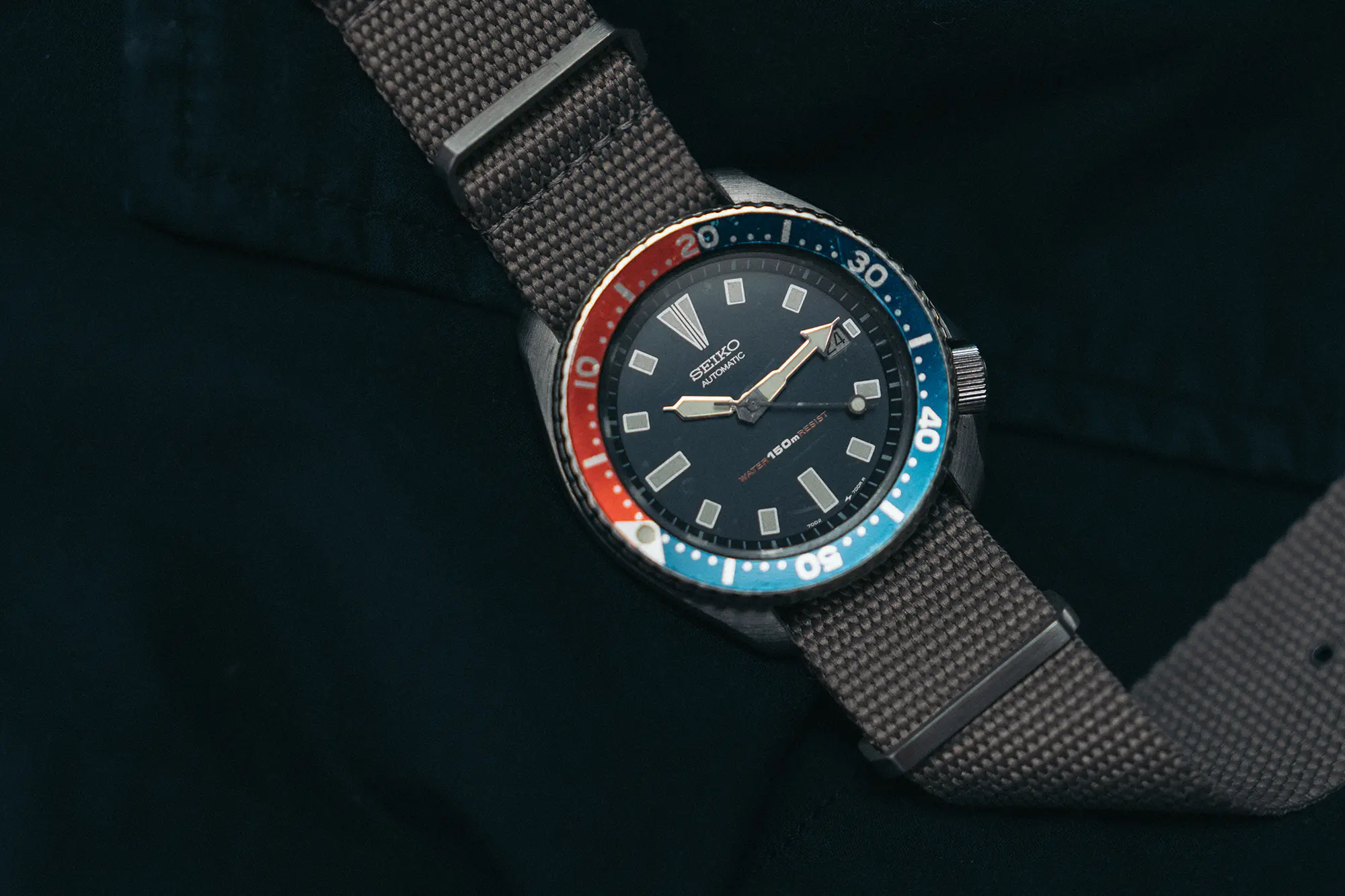Seiko dive watches hold a special place in the hearts of many enthusiasts, often serving as the gateway into the hobby. Some references are held up as the standard bearers for the genre, such as the 6309, SKX007, SLA025, and more recently the SPB143 or SPB317 and their ilk. There is one reference that often slips through the cracks, and perhaps for good reason, and that is the 7002, which served as a transition from vintage to modern era divers from Seiko. The 7002 represents a specific era of the industry as a whole, and while it may not enjoy the same illustrious heritage as other dive watches, it is responsible for carrying the Seiko dive watch DNA into the modern era. One thing it’s not short on is character, and that shines through plenty bright today.
The Seiko 7002 replaced the 6309 when it went out of production in 1988, and would remain the brand’s ISO rated automatic diver clear through to 1996, when it would be replaced by the beloved SKX references like the 007 and 009. In this time, the 7002 would span 8 unique references that brought a small variety of configurations to two generations. These divers could be had with either black or blue and red bezel inserts, a feature that would carry into the SKX generation in the references cited above.
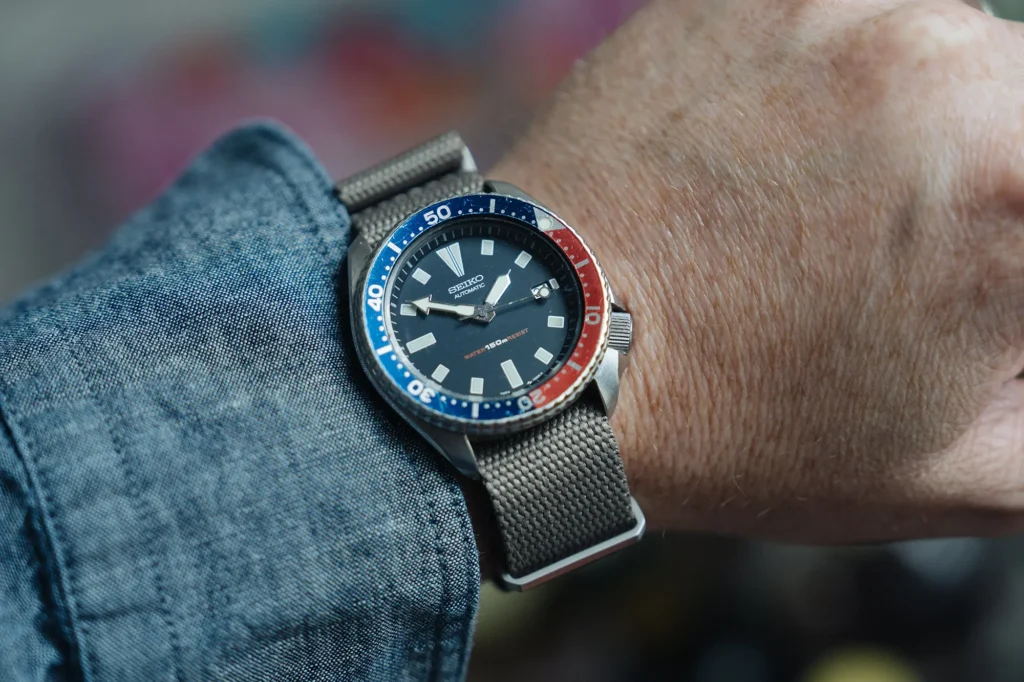
The steel case of the 7002 measures 42mm in diameter, and 45.5mm from lug to lug, with a total thickness clocking in at 12.8mm. Pretty standard stuff for its era, but the shape of the case is an evolution in what we had seen in generations prior. It’s slightly cushion shaped, with an integrated crown guard at 4 o’clock, with a case wall that wraps itself neatly into the caseback, making for a very comfortable experience on the wrist. The bezel assembly sits up quite high, and is angled inward, both at the serrated edge, and the slope of the aluminum insert.
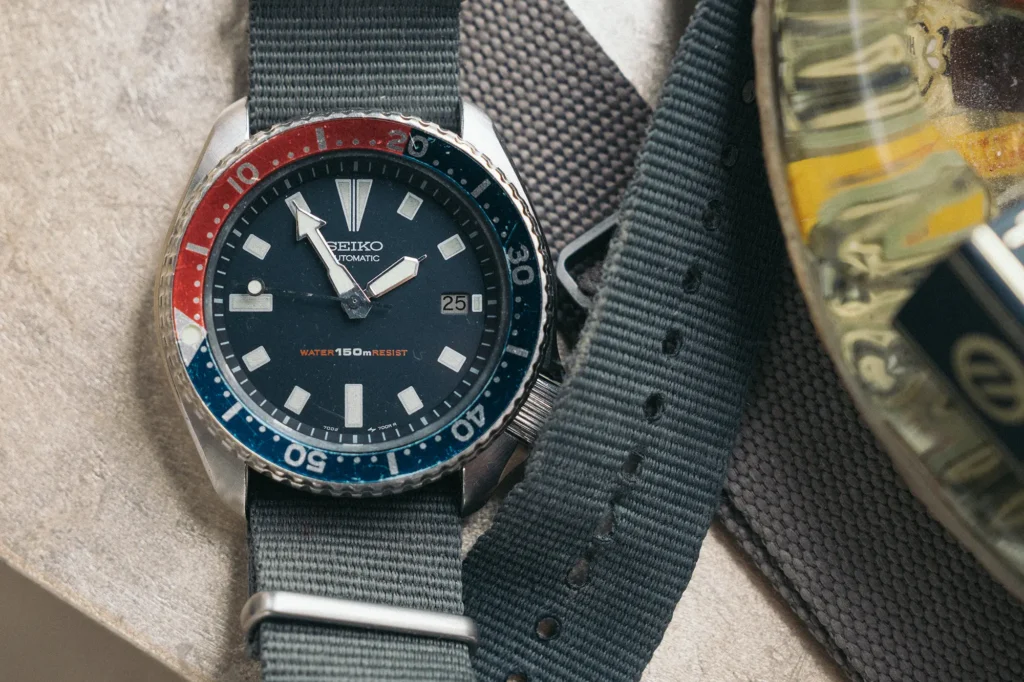
One of the biggest criticisms of this watch is centered around its 7000 series movement, which made some compromises compared to the 6309 in order to keep costs down. The ability to compete with raising demand for quartz powered watches was paramount to the survival of this lineage. In hindsight, this is a likely necessary move that proved effective in bridging that gap. The movement used less components and replaced some steel parts with plastic ones, making them susceptible to age, however they are easily serviced and work just fine these days with a little TLC.
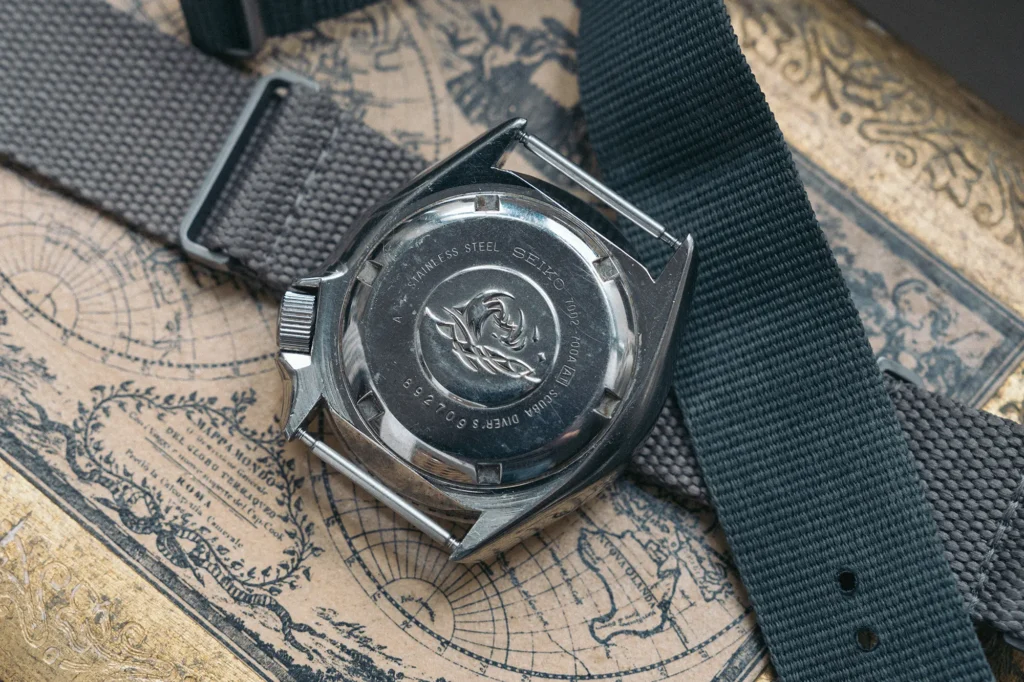
The biggest oddity with this movement is that it cannot be manually wound. Instead, the automatic rotor must be shaken to wind the mainspring. This offers a rather unique ownership experience, making it a bit more engaging (to put a positive spin on it) than your typical mechanical watch. Needless to say, the movement doesn’t hack, and because of its eccentricities doesn’t really pull you into caring all that much about precision timekeeping, making it somewhat casual to approach and use with a few shakes.
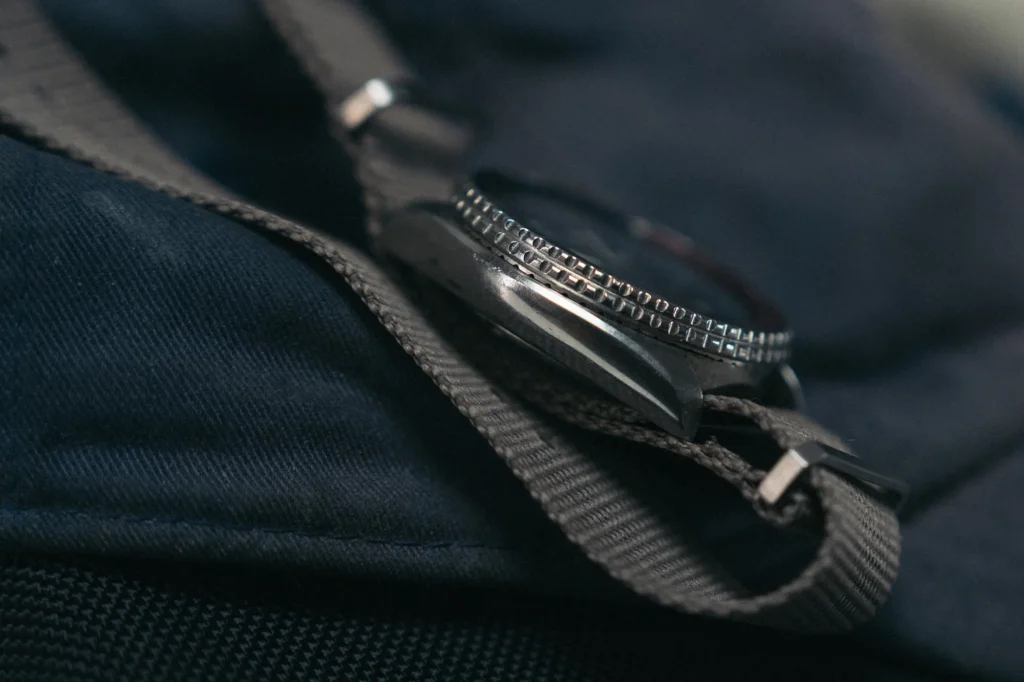
In spite of these details, or even because of, in some ways, the 7002 is a, let’s call it quirky, watch with loads of character if we’re being charitable. The other part of that equation is the design and the colors at work here, especially as it has aged. The matte black dial looks a bit blue from some angles, and the hour blocks have aged with a silver and green appearance that somehow works well with the red and blue bezel. Oh, and there’s orange writing on the bottom of the dial adding a hint of clash to the situation. On paper it’s a strange bird, but in practice it all comes together surprisingly well. The odd hand shape thrown into the mix just adds another layer of personality.
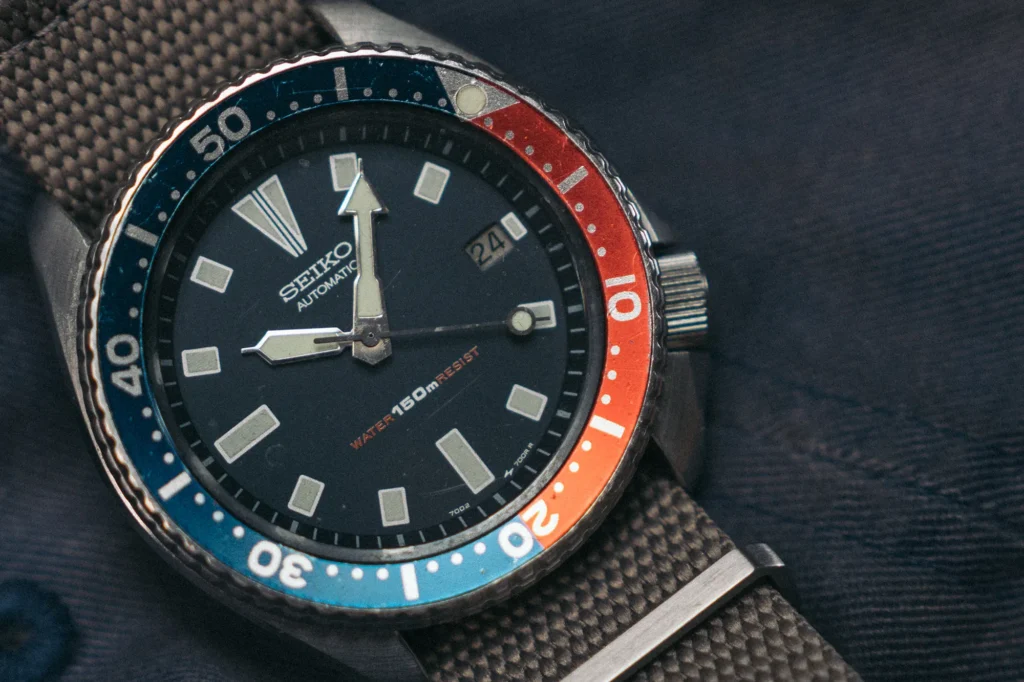
Future generations of Seiko divers show a clear maturity here, but I think the 7002 shows a very distinctive personality because of the changes they made from 6309. It won’t be a look for everyone, but it earns its keep if you ask me thanks to some of the risks it takes.
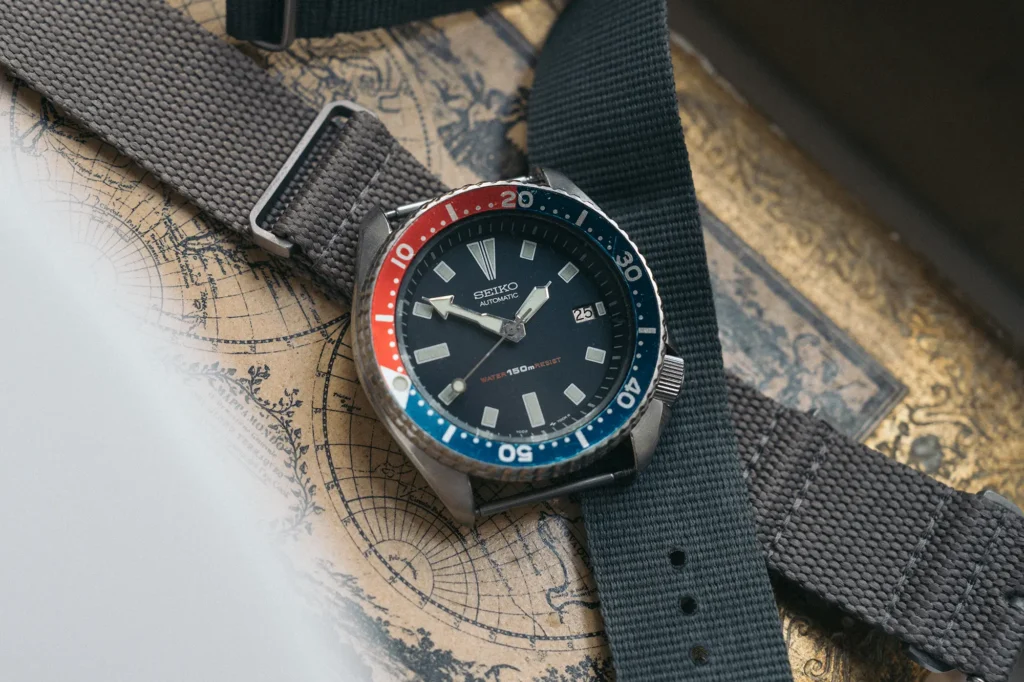
The net result here is a bit of an oddball, but I truly love the way everything comes together. This specific watch has been a staple of my personal collection for over 15 years, and is largely responsible for pulling me deeper into dive watches in general. I consider it a cornerstone of my journey into this space, so there’s a bit of sentiment talking in the above breakdown of the watch. I’ll be the first to admit that the 7002 isn’t the most desirable of Seiko divers, but it represents something important for the brand, and for me personally.
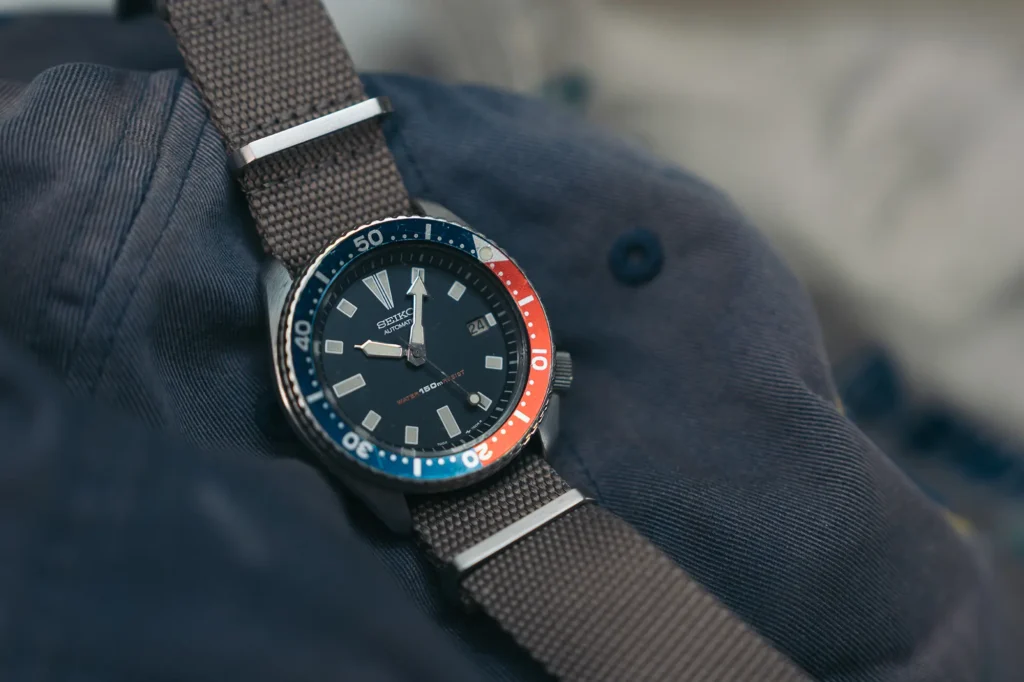
Unlike some of the older Seiko divers, the 7002 remains very accessible and relatively available in the market, though will often want to be accompanied by a service. Examples can be had for well south of $500, and as they aren’t all that old, some have a good bit of life left in them. For my money, this is the kind of experience I want from a Seiko diver, and these make a great compliment in any collection.

